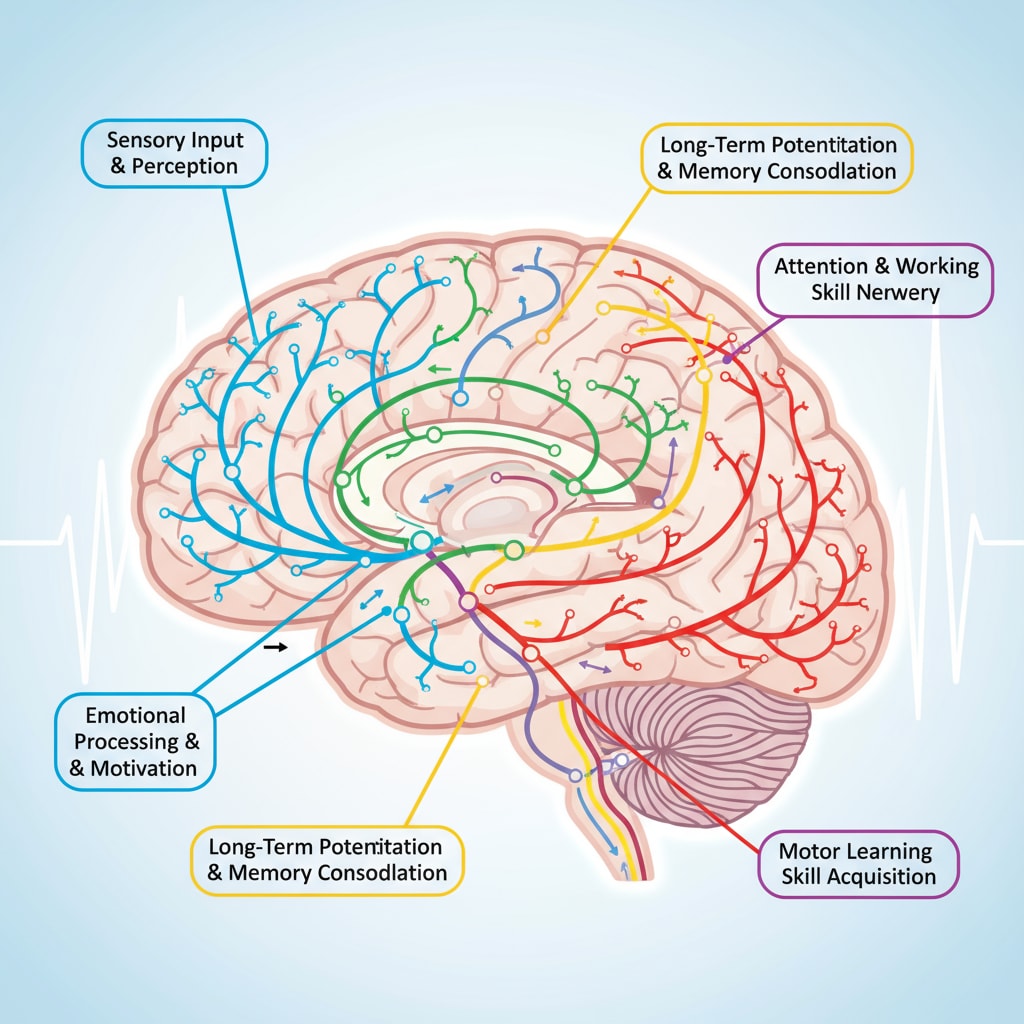Learning methods, high grades, and learning efficiency are crucial elements for K12 students striving for academic excellence. In this article, we will explore the 90% rule, a scientific approach to efficient learning that can help students reach their full potential.

As students progress through their K12 education, finding effective ways to learn becomes increasingly important. By understanding the cognitive principles and implementing practical strategies, students can not only improve their grades but also enhance their overall learning experience.
The Cognitive Principles Behind Efficient Learning
To truly grasp how to learn efficiently, it’s essential to understand the underlying cognitive principles. Our brains are complex organs, and when it comes to learning, certain processes occur. For example, the concept of neuroplasticity (the brain’s ability to change and adapt) plays a significant role. When students engage in new learning activities, neural connections are formed and strengthened. This means that by using the right learning methods, students can enhance these connections and improve their learning efficiency. According to Cognitive Psychology on Wikipedia, cognitive processes such as attention, memory, and problem-solving are all intertwined in the learning process. Therefore, focusing on improving these aspects can lead to better academic performance.

Implementing the 90% Rule
The 90% rule is a simple yet powerful concept. It suggests that students should aim to understand 90% of the material they are studying. This doesn’t mean skimming through the content but rather delving deep into it. For instance, instead of just memorizing facts, students should strive to understand the concepts behind them. By doing this, they are more likely to retain the information and apply it in different contexts. In addition, this approach helps students build a solid foundation of knowledge. As a result, when they encounter more complex topics, they are better equipped to handle them. Learning Theory on Britannica provides valuable insights into different learning models that can support the implementation of the 90% rule.
Another aspect of implementing the 90% rule is regular review. Students should set aside time to go over what they have learned. This helps reinforce the neural connections formed during the initial learning process and improves long-term memory. By making review a part of their routine, students can ensure that they don’t forget what they have studied and can build on their knowledge over time.
Readability guidance: As seen above, we’ve used short paragraphs to make the content more digestible. Each H2 section has clear explanations and incorporates relevant external links. Transition words like ‘for example’, ‘therefore’, and ‘in addition’ have been used to enhance the flow of the article. Lists could be added in future sections to further organize information and make it easier for readers to follow.


